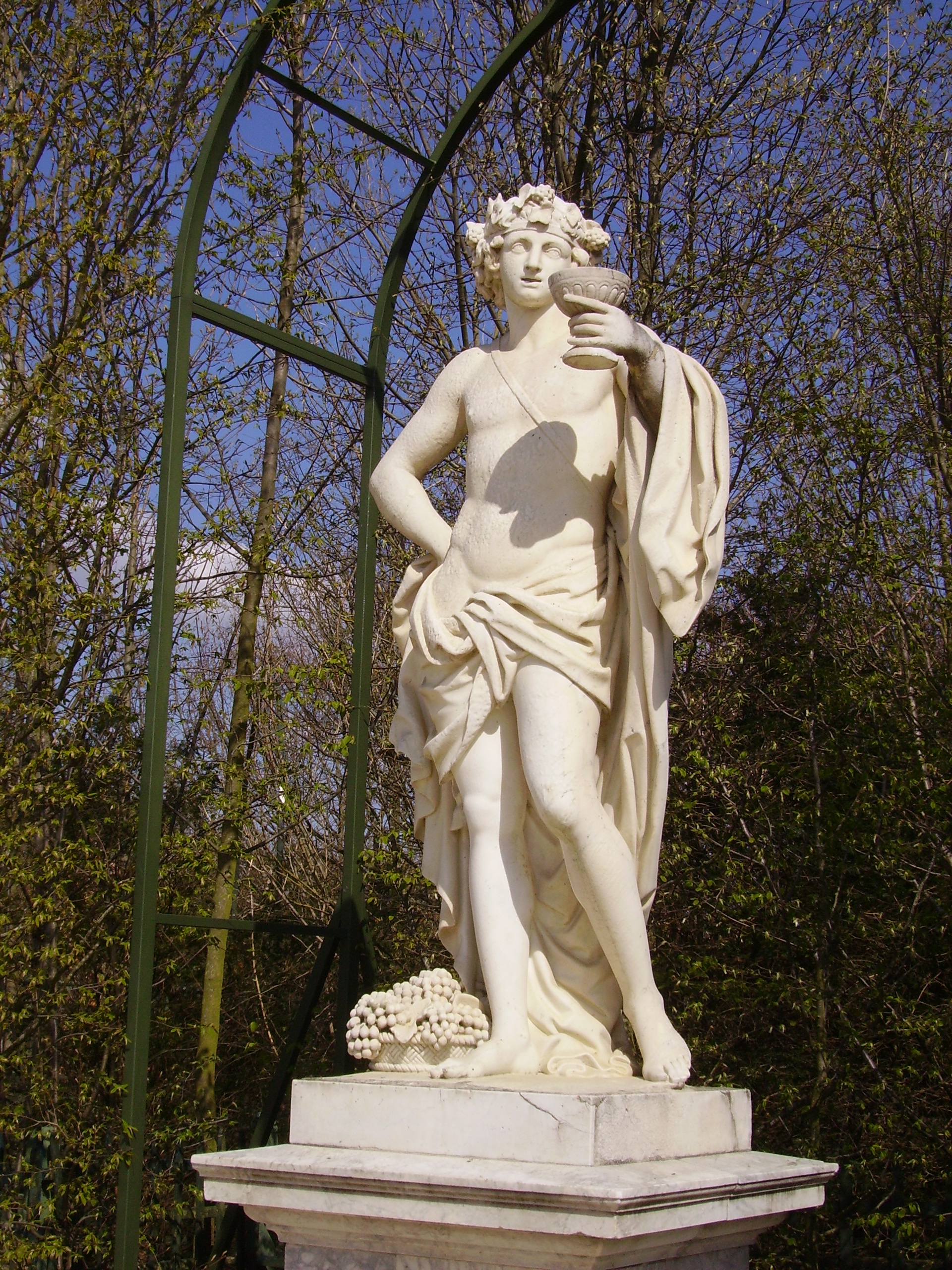Grande Commande on:
[Wikipedia]
[Google]
[Amazon]
The ''grande commande'' was a commission ordered by
File:Charles Le Brun-Grande Commande-Les Quatre parties du jour.jpg, Charles Le Brun, ''The Four Parts of the Day''
File:Charles Le Brun-Grande Commande-Les Quatre saisons.jpg, Le Brun, ''The Four Seasons''
File:Charles Le Brun-Grande Commande-Les Quatre elements.jpg, Le Brun, ''The Four Elements''
File:Charles Le Brun-Grande Commande-Les Quatre temperaments.jpg, Le Brun, The Four Humors of Man''
File:Charles Le Brun-Grande Commande-Les Quatre poemes.jpg, Le Brun, The Four Forms of Poetry''
The 24 statues were personifications of the classic quaternities:
* The Four Humors of Man
::* Melancholic
::* Phlegmatic
::* Choleric
::* Sanguine
* The Four Parts of the Day
::* Dawn
::* Noon
::* Evening
::* Night
* The Four Parts of the World
::* Europe
::* Africa
::* Asia
::* America
* The Four Forms of Poetry
::* Lyric
::* Pastoral
::* Satirical
::* Epic
* The Four Seasons
::* Spring
::* Summer
::* Autumn
::* Winter
* The Four Elements
::* Fire
::* Air
::* Earth
::* Water
The four groupings represented the four classic Abductions:
* The Four Abductions:
::* 

Louis XIV
, house = Bourbon
, father = Louis XIII
, mother = Anne of Austria
, birth_date =
, birth_place = Château de Saint-Germain-en-Laye, Saint-Germain-en-Laye, France
, death_date =
, death_place = Palace of Vers ...
for statues intended to decorate the ''parterre d’eau'' of the gardens
A garden is a planned space, usually outdoors, set aside for the cultivation, display, and enjoyment of plants and other forms of nature. The single feature identifying even the wildest wild garden is ''control''. The garden can incorporate both ...
of the Palace of Versailles
The Palace of Versailles ( ; french: Château de Versailles ) is a former royal residence built by King Louis XIV located in Versailles, Yvelines, Versailles, about west of Paris, France. The palace is owned by the French Republic and since 19 ...
, as initially conceived in 1672. The commission, which included 24 statues and four groups,All but the "Abduction of Coronis by Neptune" were completed. was ordered in 1674. Designed by Charles Le Brun
Charles Le Brun (baptised 24 February 1619 – 12 February 1690) was a French painter, physiognomist, art theorist, and a director of several art schools of his time. As court painter to Louis XIV, who declared him "the greatest French artist of ...
from Cesare Ripa’s ''Iconologia'', the statues were executed by the foremost sculptors of the day (Blunt, 1980; Friedman, 1988, 1993; Nolhac, 1913; Thompson, 2006; Verlet, 1985).
Owing to concerns of the effects of the vertical lines of the statues in relations to the garden façade of the château, the statues of the ''grande commande'' were transferred to other locations in the gardens in 1684 (Berger, 1985; Blunt, 1980; Friedman, 1988, 1993; Marie, 1968; Nolhac, 1901, 1913; Thompson, 2006; Verlet, 1985; Weber, 1993).
Persephone
In ancient Greek mythology and religion, Persephone ( ; gr, Περσεφόνη, Persephónē), also called Kore or Cora ( ; gr, Κόρη, Kórē, the maiden), is the daughter of Zeus and Demeter. She became the queen of the underworld after ...
by Pluto
Pluto (minor-planet designation: 134340 Pluto) is a dwarf planet in the Kuiper belt, a ring of trans-Neptunian object, bodies beyond the orbit of Neptune. It is the ninth-largest and tenth-most-massive known object to directly orbit the S ...
::* Cybele
Cybele ( ; Phrygian: ''Matar Kubileya/Kubeleya'' "Kubileya/Kubeleya Mother", perhaps "Mountain Mother"; Lydian ''Kuvava''; el, Κυβέλη ''Kybele'', ''Kybebe'', ''Kybelis'') is an Anatolian mother goddess; she may have a possible forer ...
by Saturn
Saturn is the sixth planet from the Sun and the second-largest in the Solar System, after Jupiter. It is a gas giant with an average radius of about nine and a half times that of Earth. It has only one-eighth the average density of Earth; h ...
::* Orethyia by Boreas
::* Coronis by Neptune
Neptune is the eighth planet from the Sun and the farthest known planet in the Solar System. It is the fourth-largest planet in the Solar System by diameter, the third-most-massive planet, and the densest giant planet. It is 17 times ...
----


Sources
Books * * * * * * * * * * * * * * * Journals * * * * * * * * * * * * * * *References
{{coord, 48.8049, N, 2.1204, E, source:wikidata, display=title Palace of Versailles